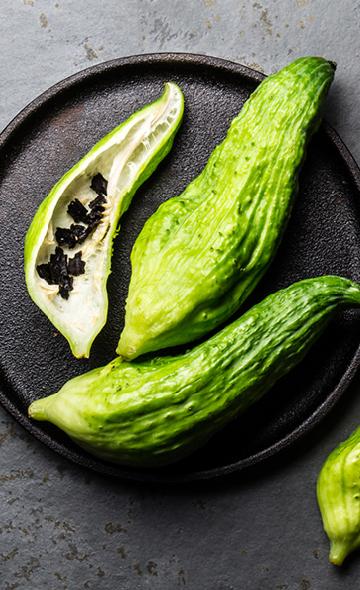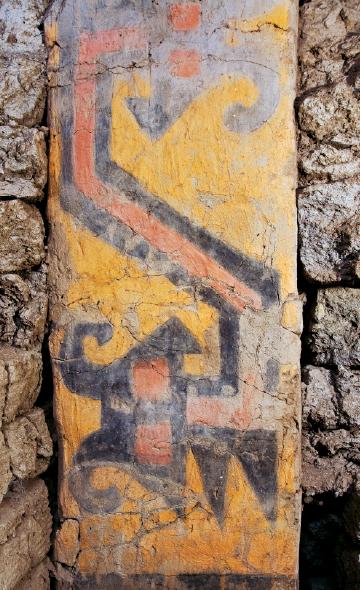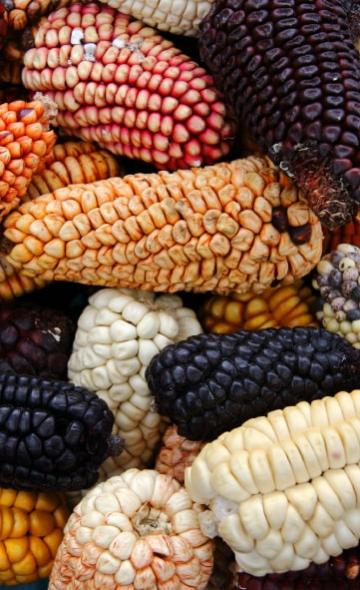- Visitors
- Researchers
- Students
- Community
- Information for the tourist
- Hours and fees
- How to get?
- Visitor Regulations
- Virtual tours
- Classic route
- Mystical route
- Specialized route
- Site museum
- Know the town
- Cultural Spaces
- Cao Museum
- Huaca Cao Viejo
- Huaca Prieta
- Huaca Cortada
- Ceremonial Well
- Walls
- Play at home
- Puzzle
- Trivia
- Memorize
- Crosswords
- Alphabet soup
- Crafts
- Pac-Man Moche
- Workshops and Inventory
- Micro-workshops
- Collections inventory
- News
- Students
- Caigua: Uses, Properties and Benefits of This Andean Food
News
CategoriesSelect the category you want to see:
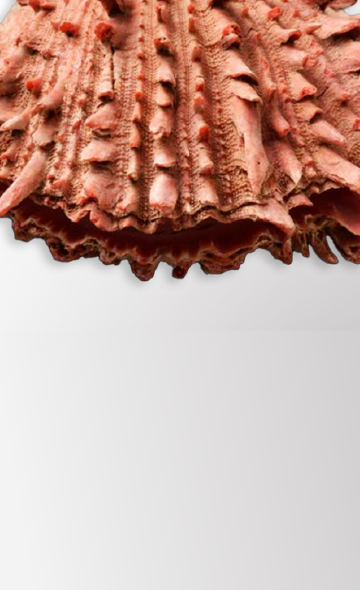
The Use of Spondylus Shells in Moche Ceremonial Contexts: Why Were They Symbols of Status and Wealth? ...
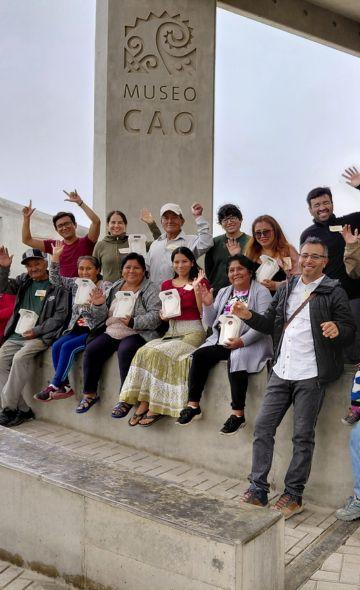
El Brujo Celebrated International Museum Day with Its Community: A Day of Encounter and Cultural Co-Creation ...
To receive new news.
By: Complejo arqueológico El Brujo
Can a vegetable help address issues such as high cholesterol or hypertension?
The caigua (Cyclanthera pedata), a fruit native to the Peruvian Andes, not only holds cultural value but also provides nutritional and medicinal properties that today draw the attention of researchers and nutritionists.
A food with ancient roots: the cultural value of caigua
The center of origin of caigua can be traced to the Peruvian coast. In fact, its importance in pre-Hispanic times is documented in ceramic representations of the Cupisnique culture, where it appears illustrated as part of this Andean civilization’s symbolic and dietary universe (Schwember, Segura & Contreras, 2014).
Furthermore, according to The Ethnobotany of Pre-Columbian Peru by Margaret A. Towle, caigua was part of the group of crops cultivated by Andean societies such as the Moche and the Inca. Towle states that agricultural development in the region was based on crops such as maize, potato and native species like caigua.
Medicinal properties supported by studies
Beyond its historical relevance, caigua has become the subject of scientific research due to its medicinal properties. Recent studies in Latin America have shown that the consumption of caigua extract can significantly reduce LDL (“bad”) cholesterol levels, ranging from 18% to 44.5%, compared to an average reduction of 10% in placebo groups (Schwember et al., 2014).
It has also been identified that the active compounds in caigua act as moderate inhibitors of the angiotensin-converting enzyme (ACE), which helps in the treatment of high blood pressure, even in individuals with diabetes. This positions caigua as a functional vegetable with direct benefits in the prevention of cardiovascular diseases.
Nutritional value of caigua: significant benefits
From a nutritional standpoint, caigua has an interesting composition. Per 100 grams, it provides 1.6 g of crude fiber (more than triple that of zucchini), 34 mg of calcium, 43 mg of phosphorus, 0.9 mg of iron, and 9 mg of retinol (vitamin A). While its protein content is low, its richness in fiber and essential micronutrients makes it an excellent option to complement a varied diet.
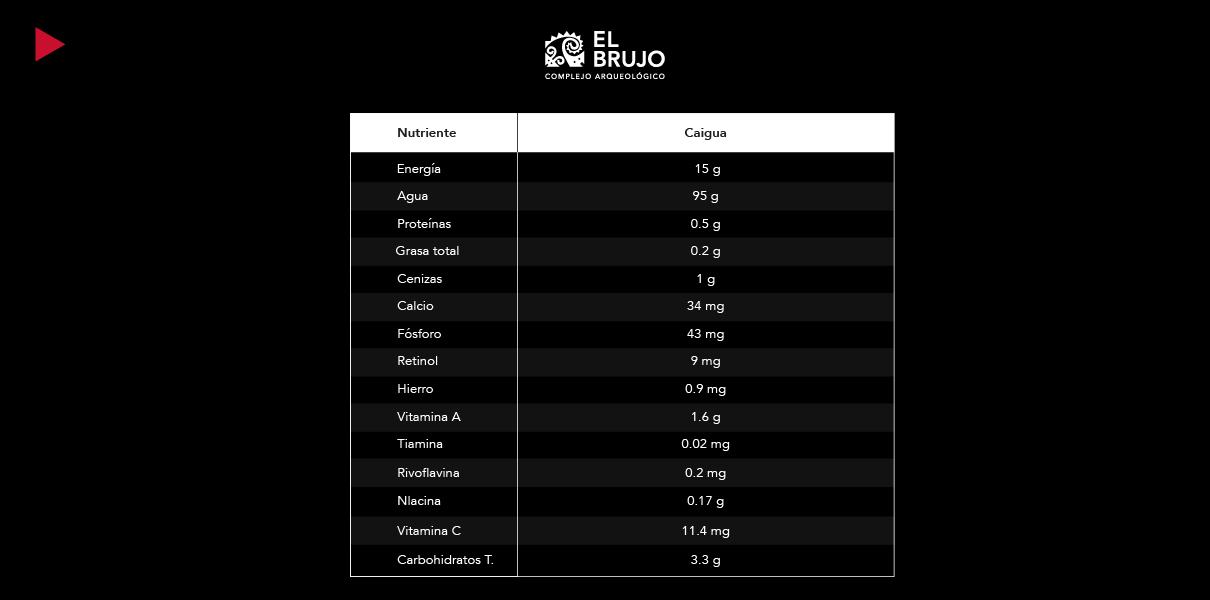
Compared to other cucurbits, caigua stands out for its low caloric content (15 kcal per 100 g) and its ability to generate satiety, making it especially useful in weight-control diets.
Caigua in Andean Agriculture
Caigua is a climbing plant, hardy and adaptable. Traditionally cultivated in Peru and other Andean countries, it grows well in temperate climates, with ideal temperatures ranging between 12 °C and 18 °C. According to data published in the journal Agronomía y Forestal, it can yield up to 7.3 tons per hectare under optimal conditions, with a low incidence of phytosanitary problems.
Its cultivation does not require intensive use of fertilizers or pesticides, making it a sustainable, low-impact option for diversified agricultural systems, particularly in rural Andean areas.
How to Consume Caigua? Culinary Uses and Gastronomy
Caigua is a traditional ingredient in Peruvian and Ecuadorian gastronomy, appreciated for its mild flavor, similar to cucumber and bell pepper. It can be eaten fresh in salads or cooked in dishes such as stews and stuffed preparations, the latter being an emblematic technique of the region. Its versatility has consolidated it as a frequent element in contemporary cuisine, complementing both everyday meals and more elaborate recipes.
Rediscovering caigua means reconnecting with our roots
Caigua is more than a vegetable: it is a symbol of ancestral Andean knowledge and a useful resource in addressing today’s nutritional challenges. Revaluing its consumption not only improves our diet but also strengthens cultural identity tied to Andean territories.
As Margaret Towle states, understanding the relationship between humans and cultivated plants is key to comprehending the cultural history of peoples. Cultivated for centuries in the territory that we know as Peru, caigua remains a tangible example of this millenary knowledge, one that deserves to be preserved and shared.
Students , outstanding news


